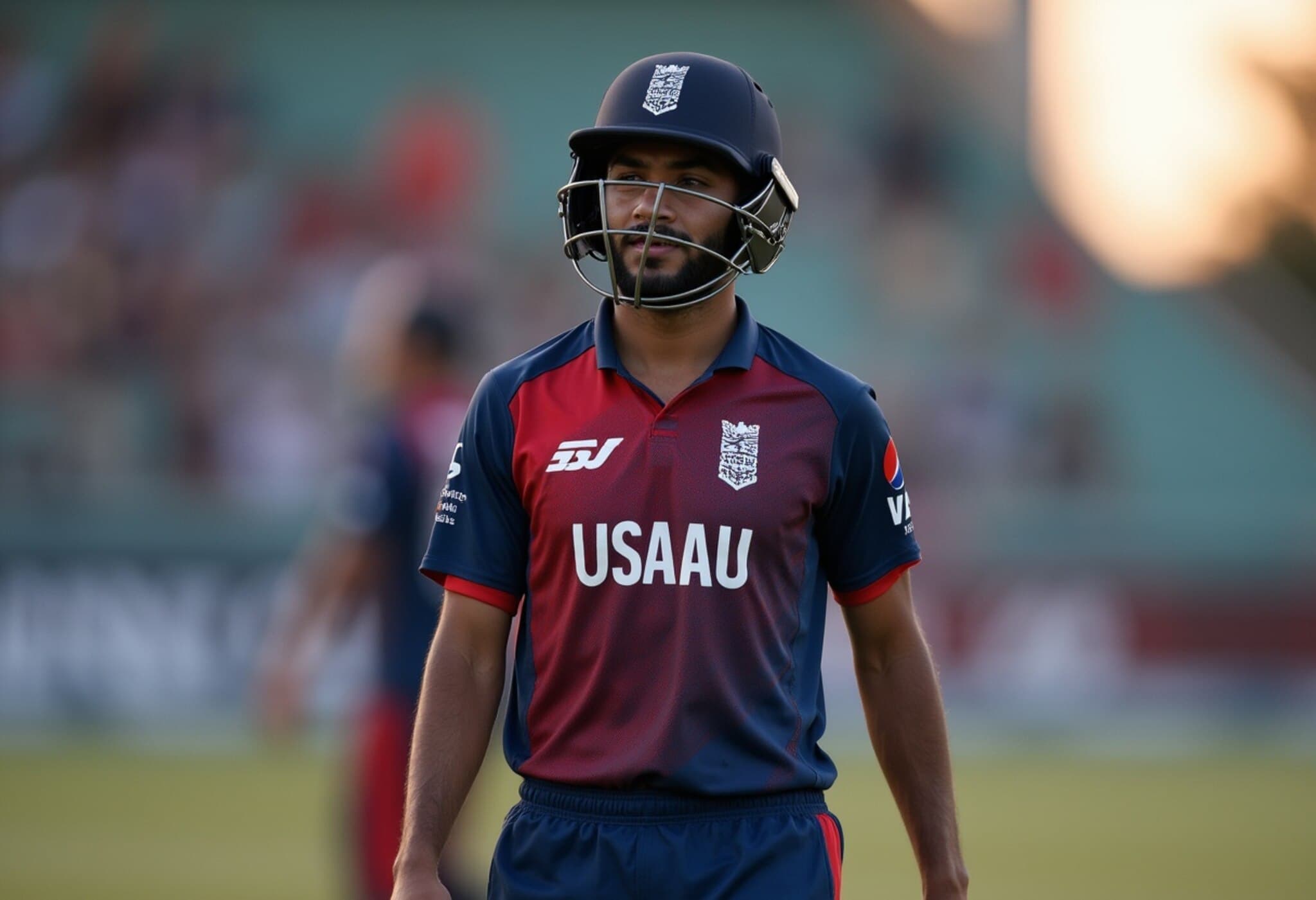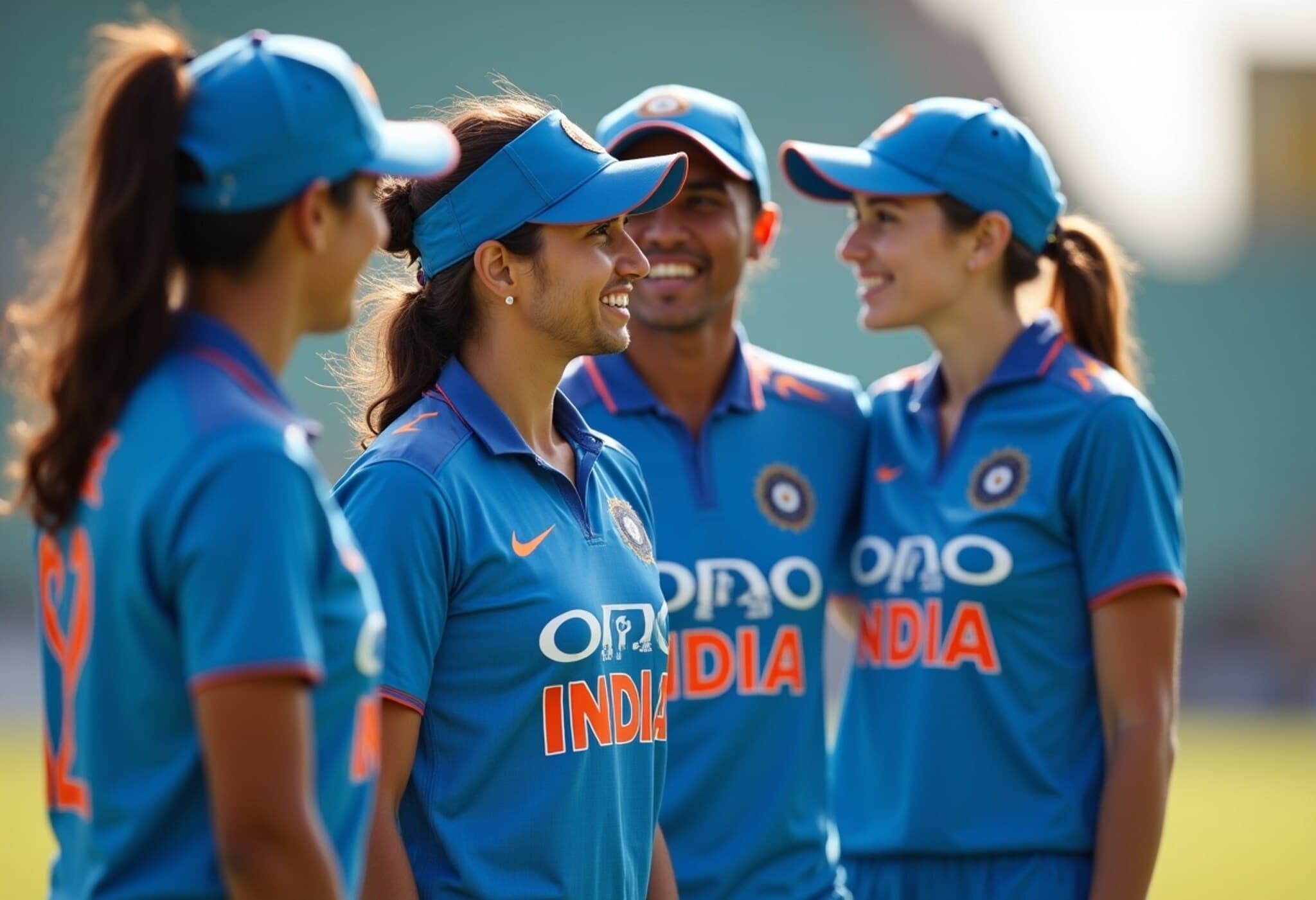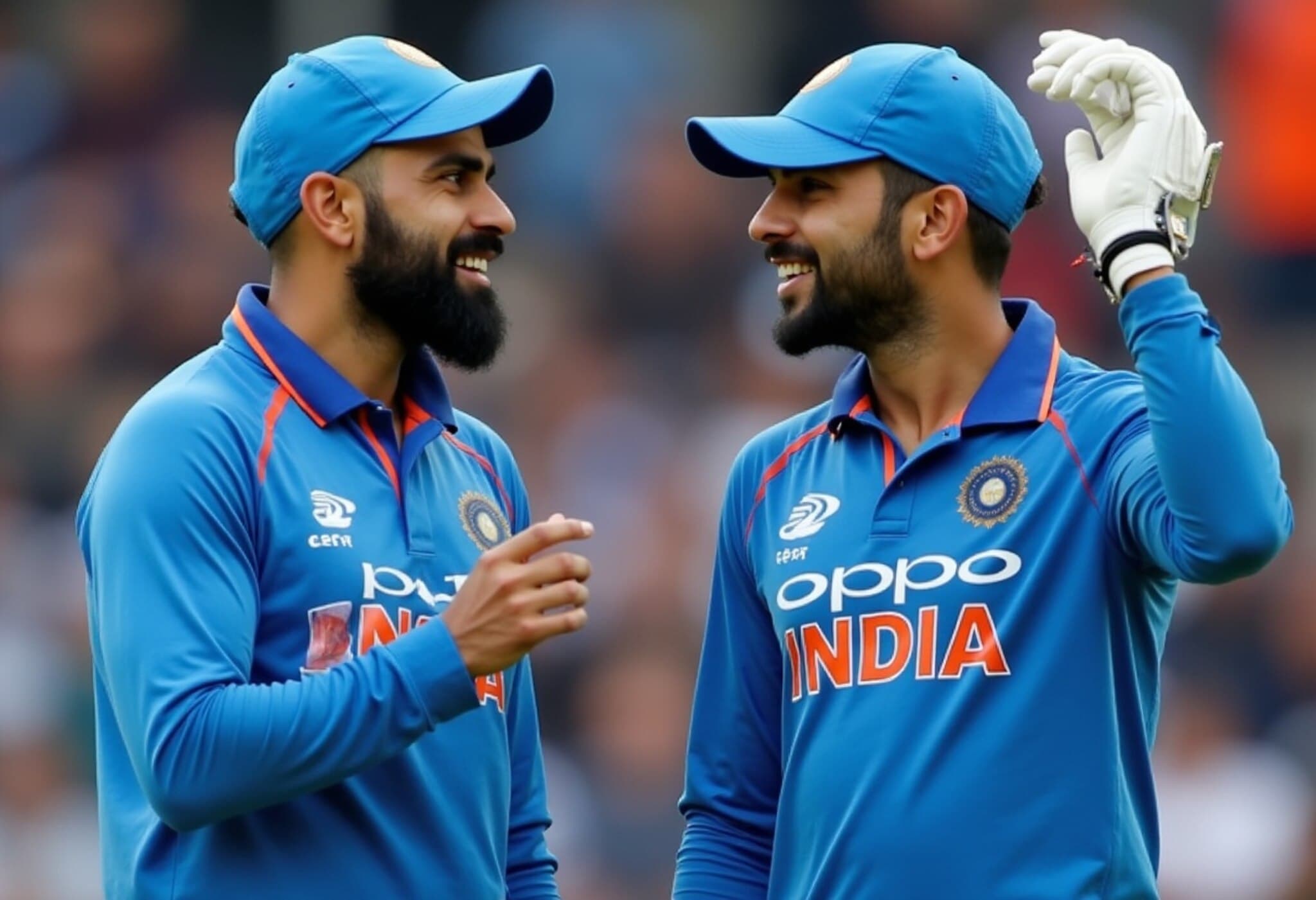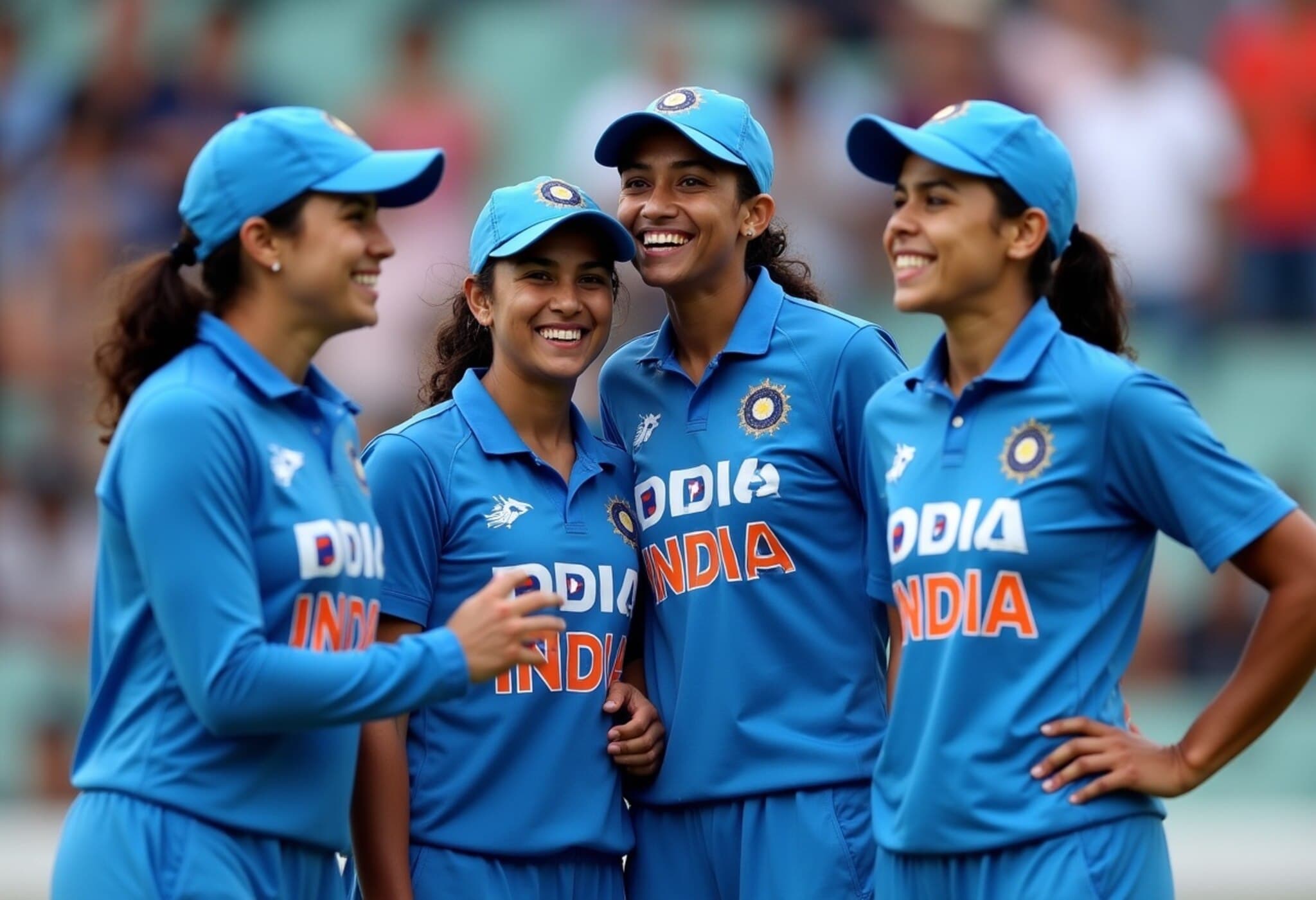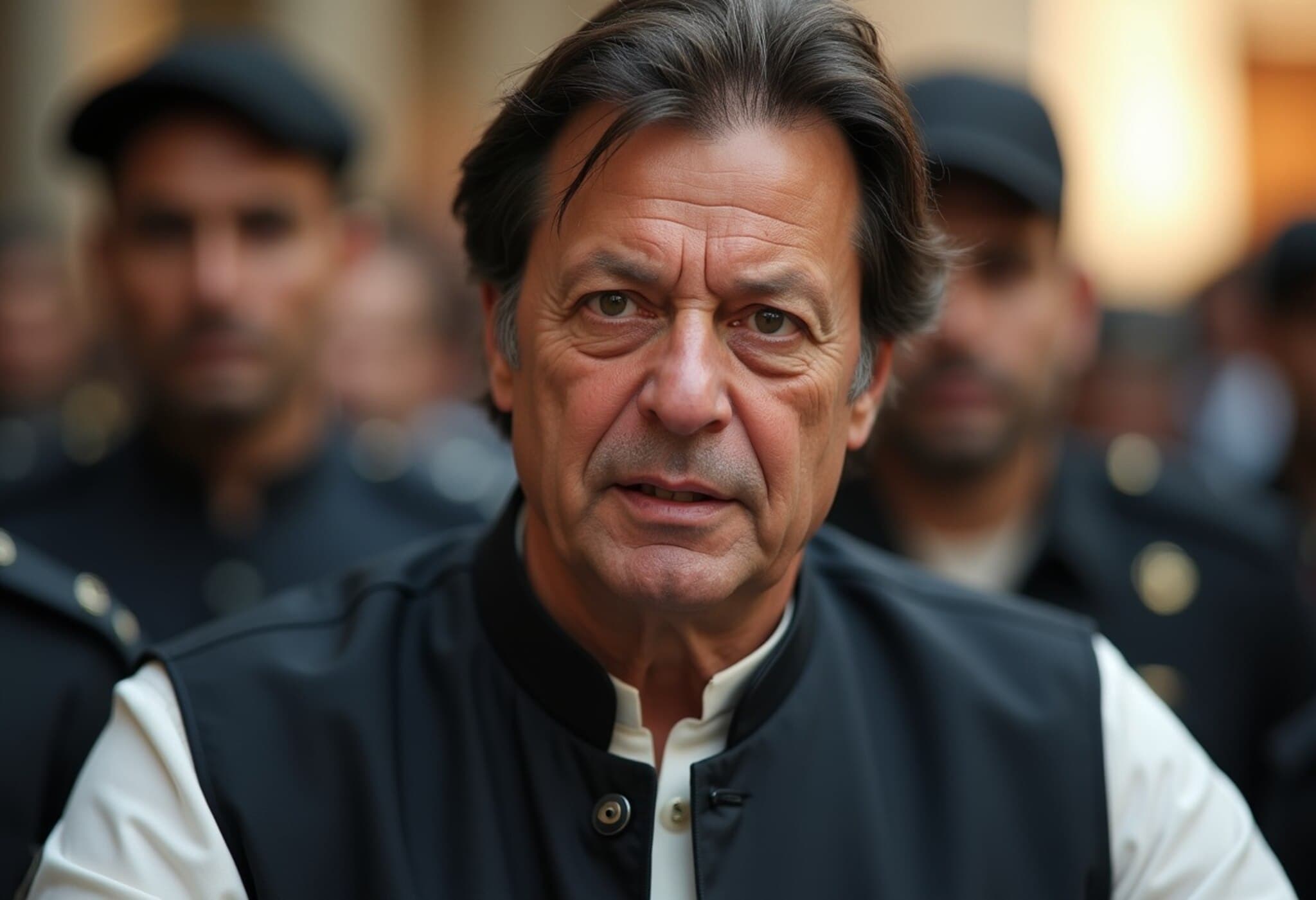Bengaluru’s Chinnaswamy Stadium Forfeits ICC Women’s World Cup Matches After Stampede Fallout
In a surprising development shaking up the 2025 ICC Women’s Cricket World Cup schedule, Bengaluru’s famed M Chinnaswamy Stadium has been removed as a host venue. This decision comes on the heels of a critical safety review following a tragic stampede during the Royal Challengers Bengaluru IPL victory celebrations earlier this year.
The fallout was swift and significant: Bengaluru lost the rights to stage five key Women’s World Cup matches, including crucial league games and potentially semi-final level contests. The International Cricket Council (ICC) confirmed on Friday that Navi Mumbai’s DY Patil Stadium will replace Bengaluru, taking on the mantle to host these prestigious fixtures when the tournament kicks off on September 30, 2025.
Why Was Chinnaswamy Unable to Host?
Although official statements have been diplomatic, insiders point to unresolved safety and regulatory concerns after the stampede tragedy push local authorities and the Karnataka State Cricket Association (KSCA) into a corner.
An investigative inquiry concluded that the Chinnaswamy Stadium was not deemed fit for large-scale events until comprehensive corrective measures are in place — a process still underway. This inability to secure necessary approvals left the ICC no option but to reshuffle its venues at short notice, emphasizing fan safety and operational reliability.
Navi Mumbai Rises as a World-Class Alternative
Navi Mumbai’s DY Patil Stadium, already an established international cricketing venue, will now showcase up to five fixtures, including three league matches, one semi-final, and potentially the tournament decider.
ICC Chairman Jay Shah shared an optimistic outlook: “While unforeseen circumstances required us to adjust the schedule and replace a venue, we are pleased to have a line-up of five world-class venues that will showcase the very best of the women’s game. The stage is set, and I am confident this tournament will capture imaginations and inspire a new generation of fans.”
Context: Elevating Women’s Cricket Amid Challenges
This reshuffle underscores the challenges of balancing rapidly expanding women’s sports with infrastructural and safety expectations. Hosting a mega-event like the ICC Women’s World Cup demands rigorous standards to protect players and supporters alike, especially in India, where cricket draws immense crowds and passionate fanbases.
Notably, alongside Navi Mumbai, other venues include Guwahati, Indore, Visakhapatnam, and Colombo, forming a diverse itinerary that reflects the tournament’s international flavor and India’s growing capacity to host major events safely and sustainably.
What This Means Going Forward
- For Bengaluru: A wake-up call to reinforce crowd management, stadium safety protocols, and obtain unequivocal government backing to reclaim its status.
- For Navi Mumbai: An opportunity to shine on the global stage, enhancing its reputation as a cricket hotspot.
- For Fans and Players: A reaffirmation that safety remains paramount — despite logistical headaches, the ICC prioritizes creating a secure environment for women cricketers’ growing global spectacle.
Expert Insight: The Broader Implication for Indian Sports Infrastructure
Sports safety experts caution that incidents like the Chinnaswamy stampede spotlight systemic infrastructure gaps in India’s sporting venues, especially as attendance surges in domestic and international events. Upgrading stadiums isn’t just about facilities but encompasses advanced crowd control technology, comprehensive emergency preparedness, and streamlined coordination with law enforcement.
The ICC’s quick pivot to Navi Mumbai signals an urgency and responsibility for host nations to meet these evolving standards — a crucial step as women’s cricket continues its meteoric rise in viewership and participation.
Editor’s Note
This venue shuffle ahead of the ICC Women’s World Cup offers more than a logistical update: it reflects the accelerating importance of safety, inclusivity, and infrastructure investment in global cricket. As millions watch, organizers must ensure that every stadium does justice to the spirit of the game and the aspirations of its players. How India and Bengaluru respond to this challenge could set a precedent for future tournaments and the broader growth of women’s sports on home soil.


